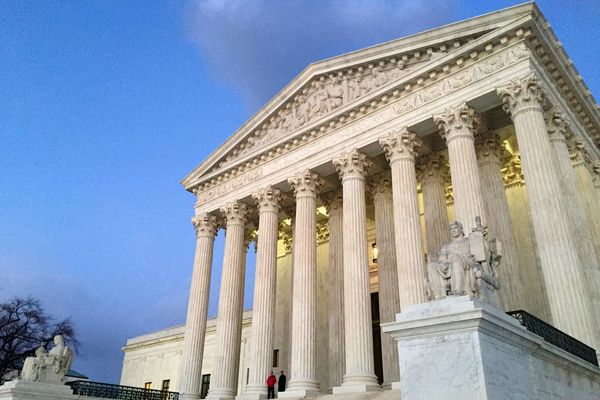
Palestinians in the Gaza Strip are facing immense challenges as they contemplate rebuilding their lives following the ceasefire agreement in the Israel-Hamas war. The devastation caused by Israeli bombardment and ground operations has left entire neighborhoods in ruins, with critical infrastructure such as water and electricity systems severely damaged or destroyed.
The United Nations estimates that it could take more than 350 years to rebuild Gaza if the current blockade limiting the movement of people and goods remains in place. Over two-thirds of structures in Gaza have been damaged or destroyed, including a staggering 245,000 homes. The World Bank has estimated the total damage at $18.5 billion, equivalent to the combined economic output of the West Bank and Gaza in 2022.







Before any rebuilding can begin, the massive task of clearing over 50 million tons of rubble must be undertaken. This rubble, which includes unexploded ordnance and human remains, poses a significant challenge to the recovery efforts. The process of rubble clearance alone could take over 15 years, given the limited space in the densely populated coastal territory.
The ceasefire agreement outlines a reconstruction project to commence after the release of all remaining hostages and the withdrawal of Israeli troops from Gaza. However, the specifics of the reconstruction plan, including funding and access to construction materials, remain uncertain. The blockade imposed by Israel and Egypt, aimed at preventing Hamas from rebuilding its military capabilities, further complicates the rebuilding process.
The international community, including the United States, advocates for a revitalized Palestinian Authority to govern Gaza and the West Bank, paving the way for eventual statehood. However, Israel's government opposes the establishment of a Palestinian state and rejects any involvement of the Palestinian Authority in Gaza.
Without a clear path forward for governance and reconstruction, Gaza faces an uncertain future. International donors may be hesitant to invest in a region plagued by conflict and instability, potentially leaving displaced Palestinians in limbo. The sprawling tent camps that have emerged along the Gaza coast could become a permanent fixture, symbolizing the enduring challenges faced by the people of Gaza.
For more updates on the Israel-Hamas war, visit AP's war coverage.







